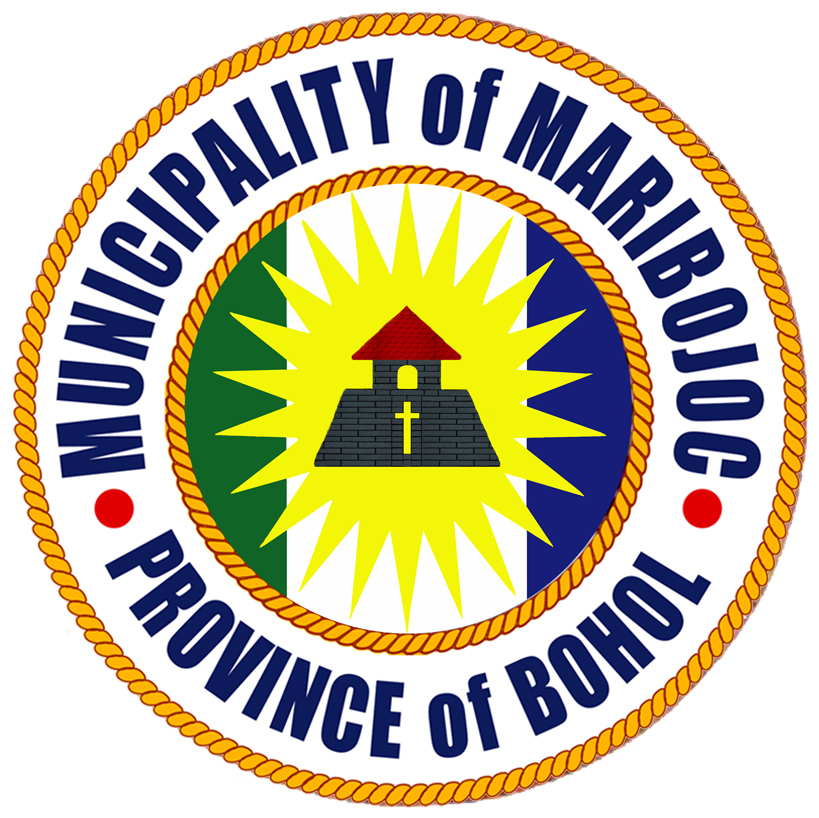HOLY CROSS PARISH CHURCH (DIOCESAN SHRINE OF ST. VINCENT FERRER –the Jesuits began to minister and founded a visita or mission station as early as 1600. It was only in 1767 or the foundation of the church was laid in 1768 in what used to be a swampy land. It took 18 years of forced labor for the construction to final completion in 1816, that Maribojoc effectively became a parish.1616 -1692 a part of the Maribojoc Church Retablo was built as earlier church. The second begun in1798 and was finished in 1816. This present church which is the third begun in 1852 and completed in1872. The original roof was made of tisa (techada de teja, or tejado). It was spared by the ravages of PHIL-AM War and WWII and all natural calamities that visited the island during past centuries. Maribojoc Church has grown to become a holy site of pilgrimage for its inhabitants and for those who live outside its confines. This is due in large measures to its two main object of veneration, the Wooden Cross and The Wooden image of its co-patron, ST. VINCENT FERRER.
HOLY CROSS PARISH CHURCH (DIOCESAN SHRINE OF ST. VINCENT FERRER –the Jesuits began to minister and founded a visita or mission station as early as 1600. It was only in 1767 or the foundation of the church was laid in 1768 in what used to be a swampy land. It took 18 years of forced labor for the construction to final completion in 1816, that Maribojoc effectively became a parish.1616 -1692 a part of the Maribojoc Church Retablo was built as earlier church. The second begun in1798 and was finished in 1816. This present church which is the third begun in 1852 and completed in1872. The original roof was made of tisa (techada de teja, or tejado). It was spared by the ravages of PHIL-AM War and WWII and all natural calamities that visited the island during past centuries. Maribojoc Church has grown to become a holy site of pilgrimage for its inhabitants and for those who live outside its confines. This is due in large measures to its two main object of veneration, the Wooden Cross and The Wooden image of its co-patron, ST. VINCENT FERRER.
